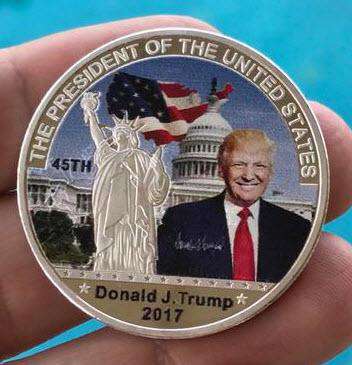**Jaguar’s Latest Advertising Blunder: A Case Study in Disconnection**
In a surprising turn of events, British auto manufacturer Jaguar has unveiled an advertising campaign that has left many scratching their heads—and it’s not because of the absence of flashy cars. Instead, the brand’s new “Copy Nothing” campaign features a peculiar approach that can only be described as bizarre. As examples of branding gone wrong pile up, this latest endeavor may just be the crown jewel of misguided marketing strategies.
To put things in perspective, Jaguar has seen better days. Once a symbol of luxury and prestige, the company has been struggling to keep its wheels on the ground, especially when compared to competitors like Tesla, which boasts a staggering market value of around $600 billion. In contrast, Jaguar, which was sold for a mere $2 billion in 2008, has apparently decided that the best way to revive its fortunes is to ditch its iconic logo and fully embrace the electric vehicle (EV) movement. The plan? To charge double for its new EV offerings, all while abandoning the very identity that once made it cool.
This desperate move for relevance has left observers wondering whether the minds behind the campaign live in a bubble. The brand director seems to embody a culture that prizes radical ideas over sensible strategies—a disconnect that ultimately leads to cringeworthy marketing decisions. If past trends have taught anyone anything, it’s that merely being controversial isn’t necessarily golden. What can seem like bold innovation might actually be a surefire way to turn off potential customers.
The backlash has been swift and severe, with many taking to social media to air their grievances about the ad. Critics have voiced their disapproval, suggesting that Jaguar’s attempt to dive into a more inclusive branding strategy may have backfired spectacularly. This oversight raises an important question: is it possible for a brand to become so wrapped up in its own self-congratulatory rhetoric that it forgets who its customers actually are? From the looks of it, Jaguar is finding out the hard way that being “radical” doesn’t necessarily equate to being embraced.
Internally, Jaguar’s marketing team may be tentatively patting themselves on the back for getting people talking. They might see the criticism as proof they’re shaking up the status quo. However, as reality often shows, the true measure of success lies not in social media buzz but in actual sales. If their new line of high-end electric vehicles fails to garner interest, one can imagine heads rolling faster than a sports car down an open highway. After all, when the revenue takes a hit, it’s the marketing team that often faces the music.
It’s a classic case of losing touch with the core audience. For decades, Jaguar was synonymous with sophistication and desirability, often highlighted in movies like James Bond. Now, as the company veers toward an identity that feels out of touch, one has to wonder who they envision driving their cars. While they may be angling for the younger, eco-conscious crowd, it appears they are alienating their traditional customers—those who still fondly recall the allure of a sleek, gas-powered Jaguar.
In the end, it seems Jaguar’s latest foray into the world of electric vehicles may be a cautionary tale. The automotive industry, much like any other sector, requires brands to strike a delicate balance between innovation and maintaining the essence of what made them desirable in the first place. A hasty pivot towards controversial and radical marketing strategies could easily leave a company lost on the road to recovery. It raises the vital question: can Jaguar steer back to its roots of elegance and desirability before it’s too late, or will it be consigned to the annals of marketing missteps? Only time will tell.







